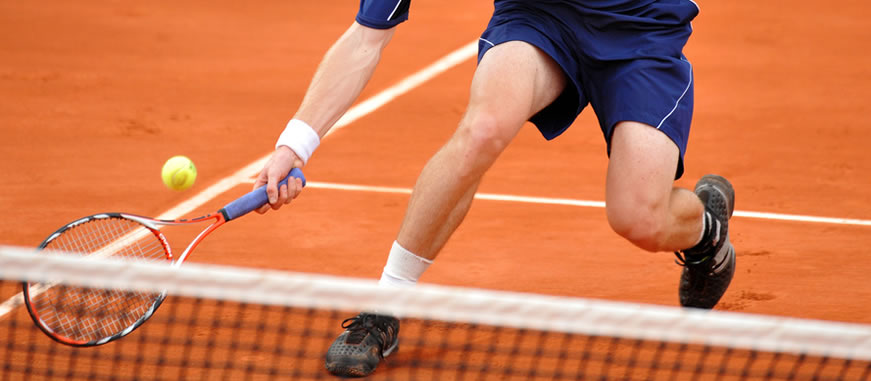
Conditions & Treatments
Methodical and meticulous clinical assessment:
The knee is a complex organ and requires an in depth understanding of normal anatomy, physiology and kinematics before pathological conditions can be fully understood.
My approach is holistic, treating you as a person as well as your knee complaint. A detailed history will often yield the diagnosis without clinical examination or indeed an MRI scan and yet many clinicians seem to rely on the latter.
I therefore take my time to find out about your symptoms and how they affect your lifestyle using clinical examination to confirm the working diagnosis and finally using imaging as appropriate (not subjecting patients to unnecessary X-Ray irradiation).
I am lucky to work with highly qualified orthopaedic radiologists who provide very accurate reports on any imaging obtained from X-Rays or MRI scans.
I appreciate surgery is always the last resort for many conditions and work with many highly experienced physiotherapists from both within the hospital and also in the community.
If surgery is required I will do my utmost to ensure it is as minimally invasive as possible with the latest 'keyhole' techniques and pain therapies to assist a rapid recovery.
Appointments
01733 842 309 Email Secretary
TESTIMONIALS
Mr Clifton is always professional and willing to go the extra mile for patients and colleagues.
Written by a patient
I would like to express my gratitude and thanks to Mr Clifton in particular but also to his whole team for the excellent treatment and aftercare service received following my total knee replacement. It has made a very positive improvement to my mobility. Long may you continue with your first class work.
Written by a patient
Mr Clifton has completed both TKR on me. With out any problems he has a confidence that shines in his work, I can say this as I was awake during both my procedures. He obviously has so much experience and enjoys using his abilities to promote the health of others. I personally had so much confidence in his highly qualified ability and was at ease during my operations. Great sense of humour too, which helped to relax me a lot. Thank you Mr Clifton.
Written by a patient
An excellant service, I was always kept well informed and made to feel safe and well, my new knee feels like it is my own but pain free with almost no signs of the operation scar. I would recommend Mr Clifton to anyone needing surgery and I would not hesitate to have any further surgery carried out by him but hopefully this will never be required.
Written by a patient
Although it is now several weeks since my appointment with Mr Clifton I would like to say how good it was to be treated with respect and as a real person. My treatment was excellent and very successful, saving me a serious operation. I cannot praise Mr Clifton enough.
Written by a patient
Mr Clifton was very attentive at all times and explained the procedure of my operation in great detail and listened to my concerns and questions. He also made me feel at ease in his manner that gave me the confidence to ask questions. As a patient it is very important to feel looked after and Mr Clifton had an extremely warm but professional manner which made me feel that I was in good hands.
Written by a patient


